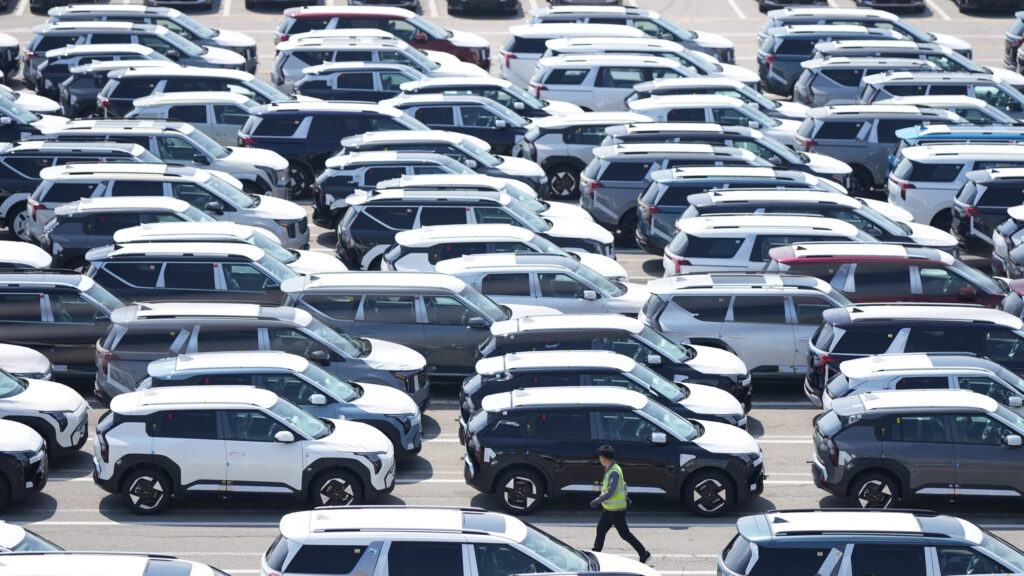In a major policy shift aimed at bolstering the domestic auto industry, President Donald Trump has announced a new plan to ease auto tariffs on U.S. car manufacturers. The move is being welcomed by industry leaders and is expected to provide relief to a sector that has faced mounting cost pressures from high import duties.

Key Policy Changes
Under the new plan, the Trump administration will eliminate several additional tariffs on imported cars and foreign auto parts that were previously implemented during past trade disputes. However, in an effort to maintain pressure on foreign suppliers while supporting domestic industry, the administration will introduce a targeted 25% tariff on auto parts starting May 3, 2025.
To ease the transition, automakers will be eligible for reimbursement programs, allowing them to recover some of the additional costs incurred by sourcing parts from outside the U.S. Details on how these reimbursements will be administered are expected to be released in the coming days.
Industry Applauds the Move
Major automakers have expressed support for the announcement, citing the burden that previous tariffs placed on production costs and vehicle pricing.
“This is a smart and welcome decision that helps American manufacturers remain competitive while protecting jobs,” said Mary Barra, CEO of General Motors.
“Tariff relief combined with predictability in supply chains allows us to keep investing in U.S. innovation and production,” added Jim Farley, CEO of Ford Motor Company.
Auto industry groups had warned that high tariffs could lead to price increases for consumers, lower sales, and potential layoffs, particularly as automakers continue to recover from pandemic-era disruptions and global chip shortages.
Political Context and Timing
President Trump is expected to formally announce the changes at a campaign rally in Michigan, a key battleground state with deep ties to the auto industry. The timing of the move appears strategic, coming amid his 2024 re-election campaign and amid growing concerns from voters over inflation and the rising cost of vehicles.
The policy revision also addresses complaints from midwestern auto suppliers and labor unions, who argued that the previous tariff regime disproportionately hurt domestic operations rather than leveling the playing field.
Broader Economic Impact
While the 25% tariff on auto parts may still impact certain supply chains, the option for reimbursements is designed to soften the blow and incentivize automakers to keep operations in the U.S. Economists suggest the policy could strike a balance between protectionism and competitiveness, especially as trade negotiations with countries like China and Mexico continue.
The White House has indicated it may review additional tariffs in the coming months to ensure continued support for American industries while managing inflation and maintaining global trade relations.
As the May 3 implementation date approaches, automakers and suppliers are racing to assess how the policy shift will affect their operations. Meanwhile, political analysts are watching closely to see how this move might influence voters in Rust Belt states central to Trump’s electoral strategy.